
NASA’s Solar Dynamics Observatory (SDO) recently caught this spectacular coronal mass ejection (CME). The sun spat out a more than 804,672-km-long filament of solar material that had been hovering in the sun’s corona. The CME did not travel directly toward Earth, but did connect with Earth’s magnetic environment, or magnetosphere, with a glancing blow that left beautiful auroras in its wake. (Photo: NASA)
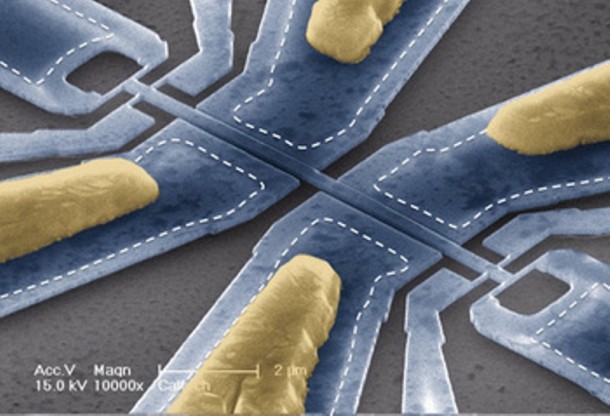
The world’s smallest scale, which cannot be seen with the human eye. Developed by a team led by scientists at the California Institute of Technology (Caltech), the device measures the mass of individual molecules. It is so tiny that an electron miscroscope is needed to photograph it. The scale bar at the bottom is two microns (millionths of a meter). (Photo: Caltech / Scott Kelber and Michael Roukes)
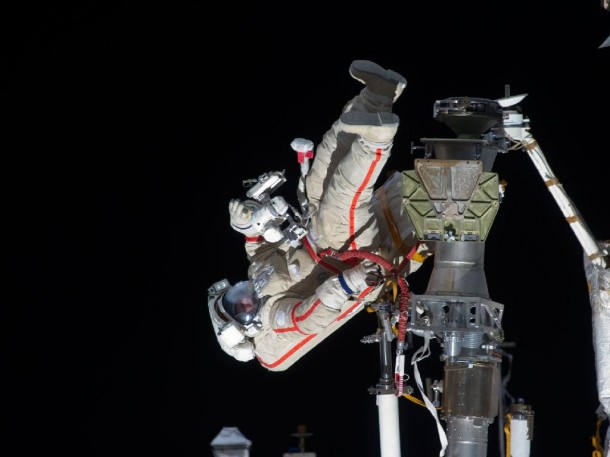
Russian cosmonaut Gennady Padalka, Expedition 32 commander, participates in a session of extravehicular activity (EVA) to continue outfitting the International Space Station. (Photo: NASA)
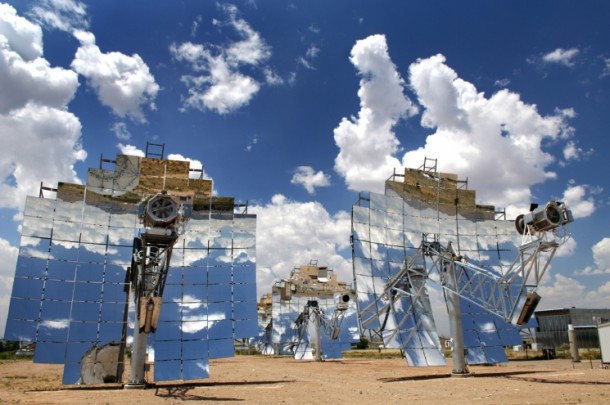
A Concentrating Solar Power (CSP) system in Albuquerque, New Mexico. CSPs concentrate a large area sunlight with mirrors and lenses. The concentrated sunlight is then converted into heat, which drives a turbine power system to produce electricity. (Photo: Randy Montoya/Sandia National Laboratory)
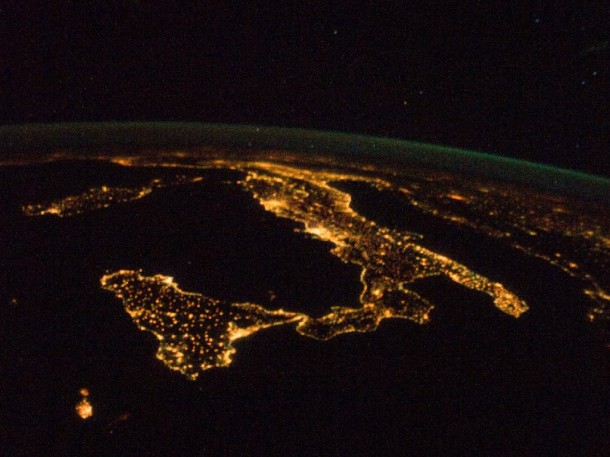
The famous “boot” shape of Italy is illuminated by the country’s night lights. In this photo, taken from aboard the International Space Station, you can also see Sardinia and Corsica just above the left center of the photo. Sicily is at lower left. (Photo: NASA)
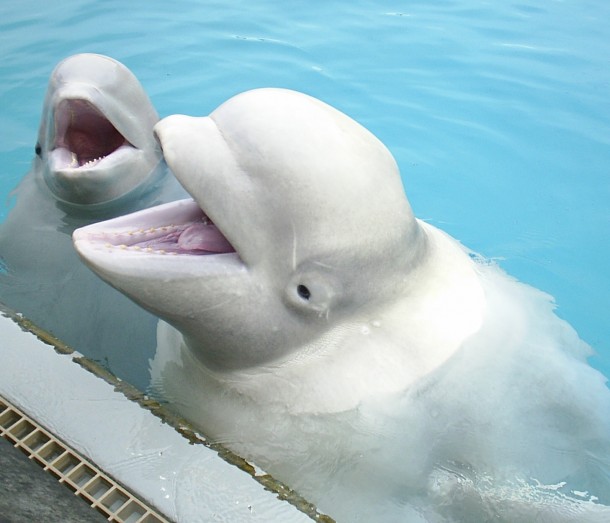
Beluga whales at Marine Land in Canada pose for the camera. Marine mammals, such as these whales, are protected within the United States by the Marine Mammal Protection Act (MMPA) of 1972. Before they can be brought into the US or put on public display, permits, issued by the NOAA (National Oceanic and Atmospheric Administration), must be obtained. (Photo: Jennifer Skidmore/NOAA)
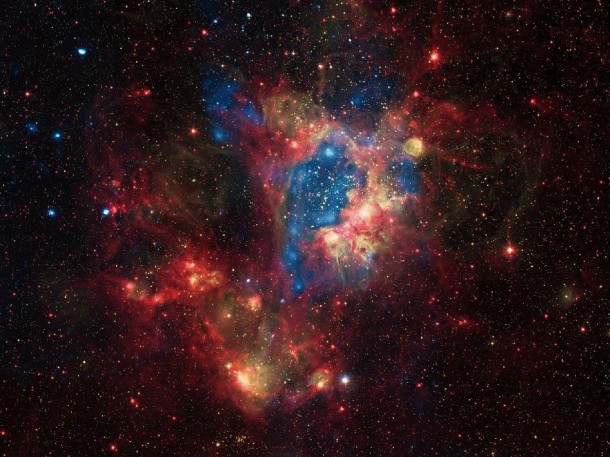
A composite image taken by NASA’s Chandra X-ray Observatory shows a superbubble in the Large Magellanic Cloud (LMC), The massive stars produce intense radiation, expel matter at high speeds, and race through their evolution to explode as supernovas. The winds and supernova shock waves carve out huge cavities called superbubbles in the surrounding gas. (Photo: NASA)
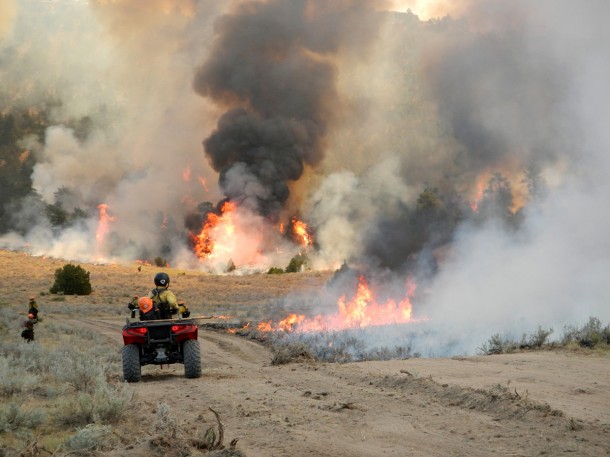
Droughts have taken a toll on many parts of the United States. As a result, a number of wildfires, mostly in the western US, have broken out. According to NOAA, by Aug. 8, 2012, wildfires had consumed more than 4 million acres of land. Here, firefighters continue burnout operations on the Sawmill Canyon Fire in Wyoming. (Photo: U.S. Forest Service)

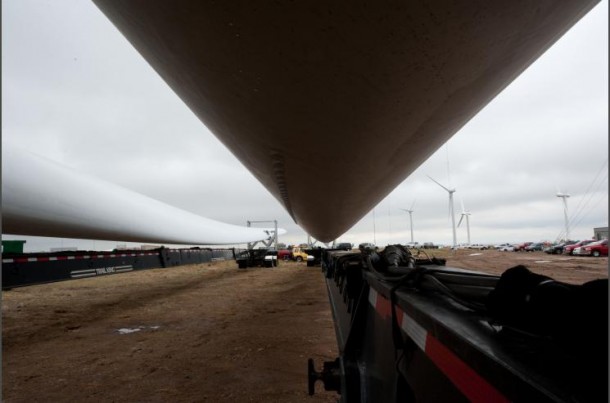
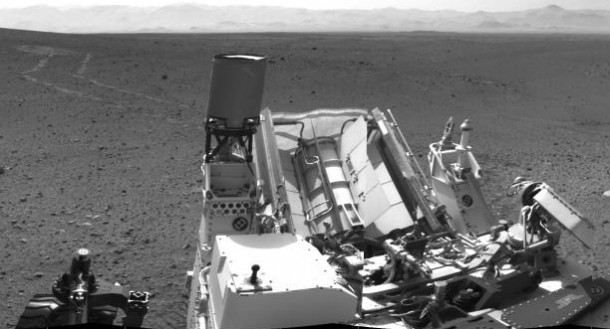




















of cconcentral soar power coronal mass ejections lits power beluga boota caltech chandra
this is some serioius news i just gotta take notes for something big i will publish and connecting the pieces together yall wait and see
I think for ever is a nice photo of our sun, both we afraid and awayting a big ex´p lossion and a maybe our civilizathion well be colapsed.
Now these last months our planet sufered more herquaks, thi Phisic scients teorised the big fire of the sun is ressponsible, and every body afrai a big destrction of the life in the planet, if it is true is beter for humans to be thin i our LORD.